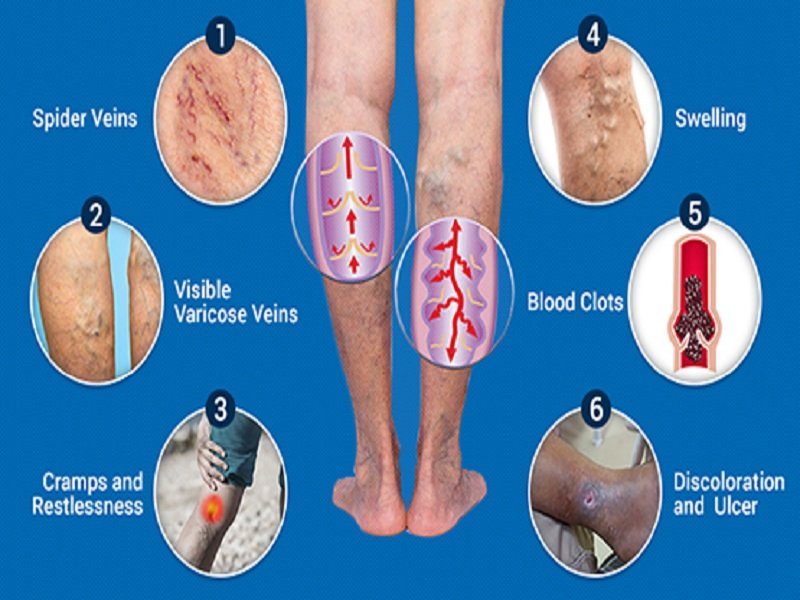Leg veins or varicose veins are venous dilations that are characterized by preventing blood from returning efficiently to the heart. Venous valves do not close properly, and an alteration occurs that causes a certain amount of blood to move downward or accumulate.
Why do varicose veins appear?
- Varicose veins are a circulatory problem. It affects the veins, mainly in the legs, and causes fatigue, heaviness, swelling, or cramps.
- The first stage of varicose veins is the so-called spider veins on the legs, which are properly ruptures of small capillaries that occur when blood circulation is not 100% adequate.
- The next step is varicose veins. The varicose processes are usually favorable unless there is a venous insufficiency of deep character.
- The varicose veins larger caliber are considered medical problems, as occurs with the truncal, reticular, and collateral.
Causes of varicose veins
- They are not exactly known, but they can be very varied:
- Hereditary component
- Due to defects in the walls of the veins
- Poor functioning of blood flow regulatory systems
- Abnormal communication between arteries and veins
HOW DERMATOLOGISTS TREAT THEM?
Minimally invasive treatment can reduce symptoms such as pain and malaise, prevent complications, and eliminate or minimize the appearance of veins. Minimally invasive treatment not only eliminates or minimizes the appearance of veins but also reduces symptoms such as pain and malaise and prevents complications.
varicose veins treatment in Mumbai options ranges from self-care to mild surgery. Self-care tips can help prevent new varicose veins and spider-like veins, but they cannot remove existing ones. A dermatologist has some suggestions for improving blood circulation, such as raising your legs, getting up and walking every 30 minutes, creaming your varicose veins, and avoiding prolonged soaking in hot water. Action is recommended.
Another popular remedy is compression stockings. This is a stocking that applies constant pressure to return blood to the heart, reduce swelling of the lower extremities, and reduce the risk of blood clots. However, varicose veins will still appear.
Sclerotherapy is one of the most effective ways to remove varicose veins in the legs. Over the years, dermatologists have improved their skills to make it safer and give better results to their patients. Today, dermatologists use it to treat spider veins and small varicose veins.
How does it work?
A dermatologist injects a chemical that irritates the vein wall into a spider or varicose vein. This causes the walls of the veins to stick together, impeding blood flow, improving leg circulation, and reducing swelling.
After surgery, you need to wear compression stockings. Your varicose vein doctor will give you some exercise recommendations to avoid possible side effects.
There is also a varicose veins laser treatment in which a dermatologist directs a laser beam into a vein to treat the wall without damaging the skin. Small spider veins may disappear shortly after treatment, while large spider veins and varicose veins may darken and appear 1-3 months before disappearing. Three or more sessions may be required to remove all varicose veins.
Recovery is minimal, and you can return to normal life the next day. You should use compression stockings for a short period and protect from sunlight for 3-4 weeks. This helps prevent the occurrence of dark spots. If you are suffered from this problem and want a laser treatment, visit varicose veins laser treatment in Mumbai.




